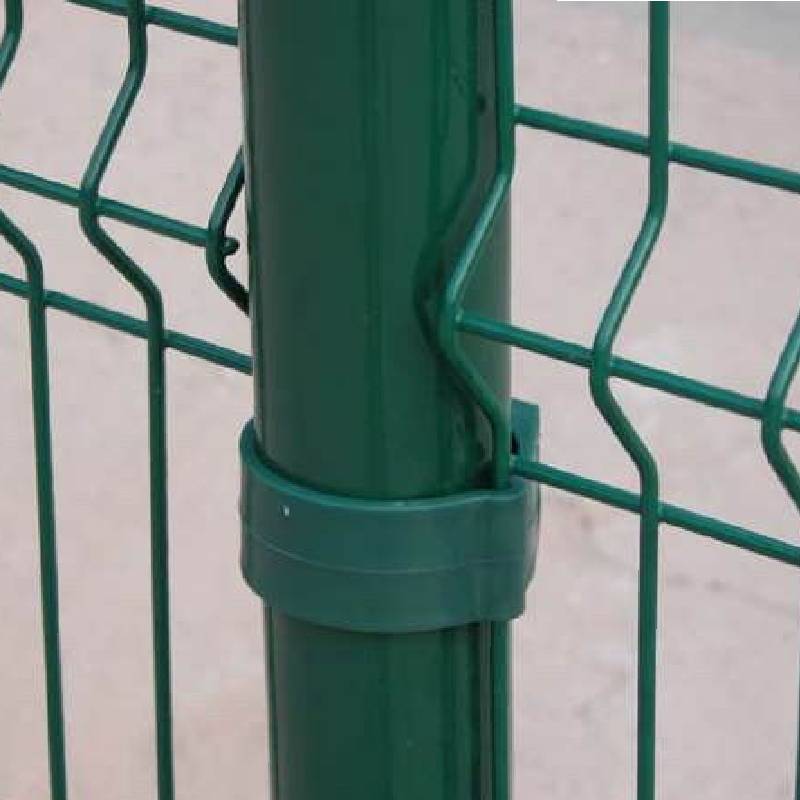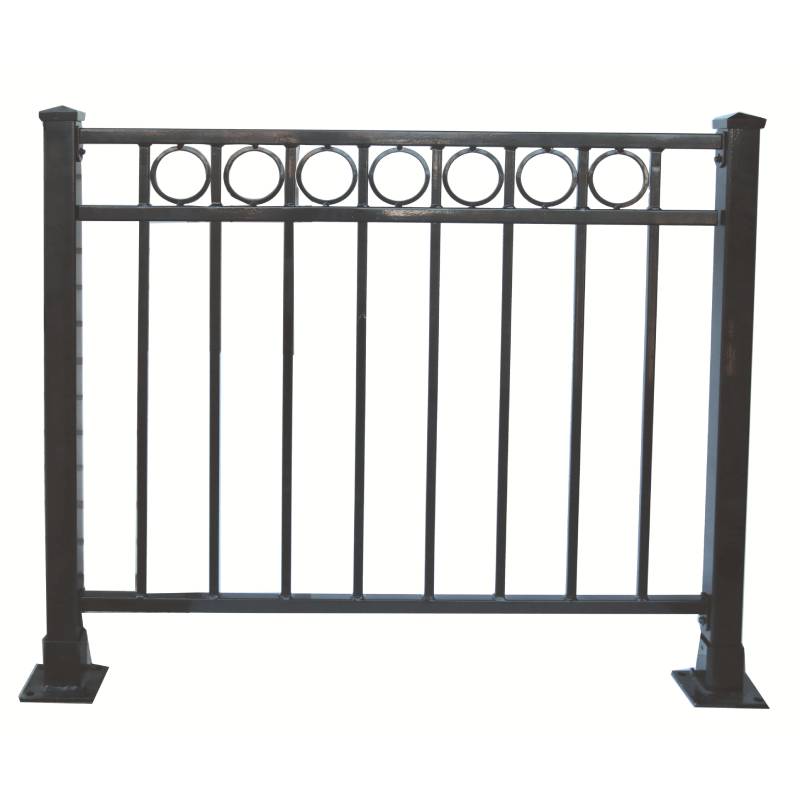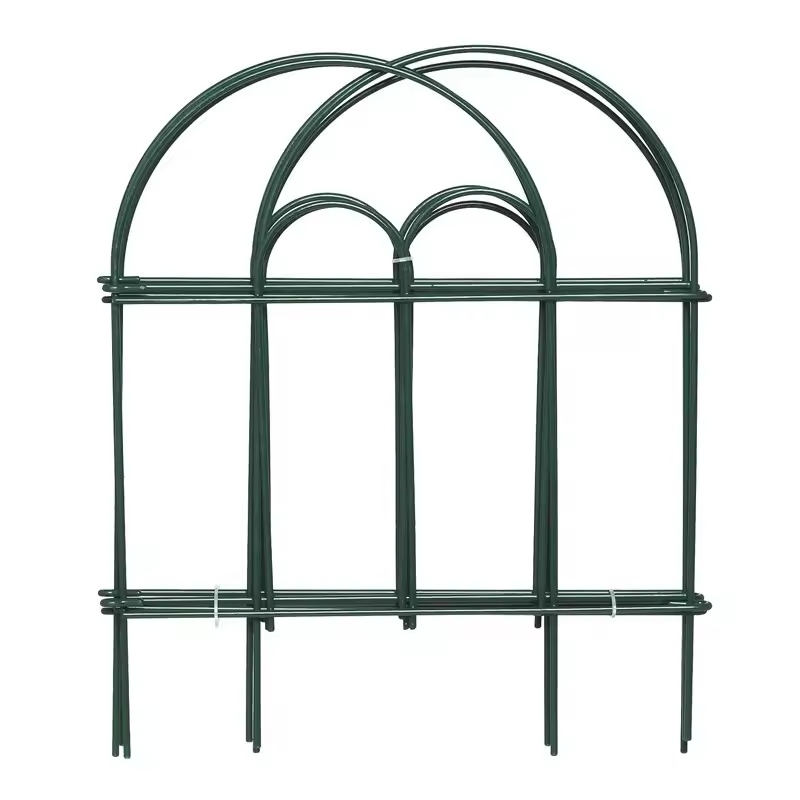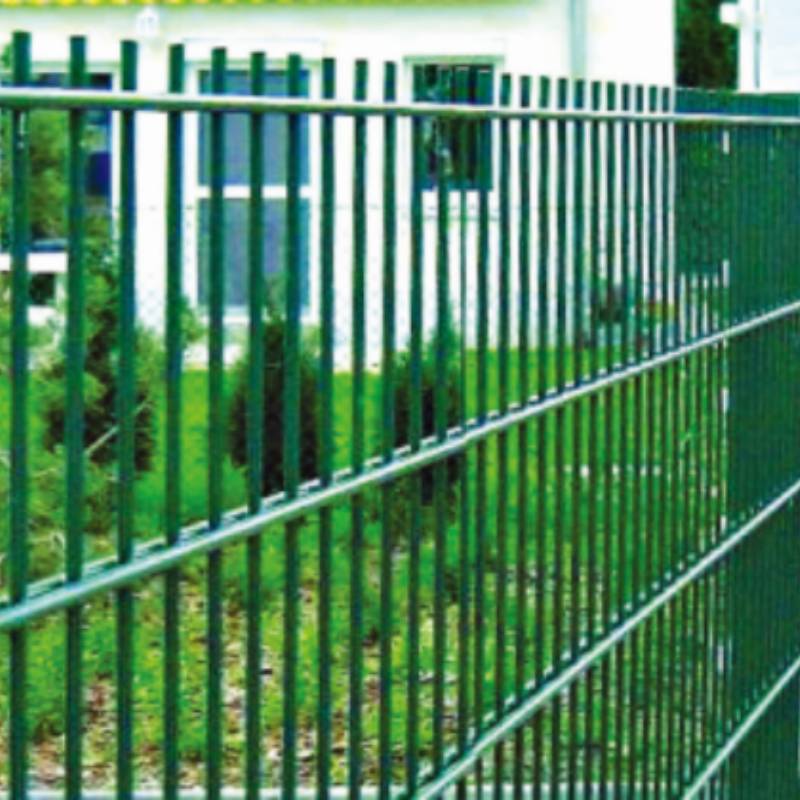-
Email:zhao@hyliec.cn
-
Tel:+86 311 85273988
-
WhatsAPP:8613931128750
-
 Afrikan
Afrikan -
 Albaniż
Albaniż -
 Amhariku
Amhariku -
 Għarbi
Għarbi -
 Armenjan
Armenjan -
 Ażerbajġani
Ażerbajġani -
 Bask
Bask -
 Belarussu
Belarussu -
 Bengali
Bengali -
 Bosnijan
Bosnijan -
 Bulgaru
Bulgaru -
 Katalan
Katalan -
 Cebuano
Cebuano -
 Korsiku
Korsiku -
 Kroat
Kroat -
 Ċek
Ċek -
 Daniż
Daniż -
 Olandiż
Olandiż -
 Ingliż
Ingliż -
 Esperanto
Esperanto -
 Estonjan
Estonjan -
 Finlandiż
Finlandiż -
 Franċiż
Franċiż -
 Friżjan
Friżjan -
 Galizjan
Galizjan -
 Ġorġjan
Ġorġjan -
 Ġermaniż
Ġermaniż -
 Grieg
Grieg -
 Guġarati
Guġarati -
 Kreol Ħaitjan
Kreol Ħaitjan -
 hausa
hausa -
 Ħawajjan
Ħawajjan -
 Ebrajk
Ebrajk -
 Le
Le -
 Miao
Miao -
 Ungeriż
Ungeriż -
 Iżlandiż
Iżlandiż -
 igbo
igbo -
 Indoneżjan
Indoneżjan -
 Irlandiż
Irlandiż -
 Taljan
Taljan -
 Ġappuniż
Ġappuniż -
 Ġavaniż
Ġavaniż -
 Kannada
Kannada -
 każak
każak -
 Khmer
Khmer -
 Rwandan
Rwandan -
 Korean
Korean -
 Kurdi
Kurdi -
 Kirgiż
Kirgiż -
 TB
TB -
 Latin
Latin -
 Latvjan
Latvjan -
 Litwan
Litwan -
 Lussemburgiż
Lussemburgiż -
 Maċedonjan
Maċedonjan -
 Malgashi
Malgashi -
 Malajan
Malajan -
 Malajalam
Malajalam -
 Malti
Malti -
 Maori
Maori -
 Marathi
Marathi -
 Mongoljan
Mongoljan -
 Il-Mjanmar
Il-Mjanmar -
 Nepaliż
Nepaliż -
 Norveġiż
Norveġiż -
 Norveġiż
Norveġiż -
 Oċċitan
Oċċitan -
 Pashto
Pashto -
 Persjan
Persjan -
 Pollakk
Pollakk -
 Portugiż
Portugiż -
 Punġabi
Punġabi -
 Rumen
Rumen -
 Russu
Russu -
 Samoan
Samoan -
 Galliku Skoċċiż
Galliku Skoċċiż -
 Serb
Serb -
 Ingliż
Ingliż -
 Shona
Shona -
 Sindhi
Sindhi -
 Sinħaliż
Sinħaliż -
 Slovakk
Slovakk -
 Sloven
Sloven -
 Somali
Somali -
 Spanjol
Spanjol -
 Sundaniż
Sundaniż -
 Swaħili
Swaħili -
 Svediż
Svediż -
 Tagalog
Tagalog -
 Taġik
Taġik -
 Tamil
Tamil -
 Tatar
Tatar -
 Telugu
Telugu -
 Tajlandiż
Tajlandiż -
 Tork
Tork -
 Turkmeni
Turkmeni -
 Ukrain
Ukrain -
 Urdu
Urdu -
 Uighur
Uighur -
 Użbek
Użbek -
 Vjetnamiż
Vjetnamiż -
 Welsh
Welsh -
 Għajnuna
Għajnuna -
 Jiddix
Jiddix -
 Joruba
Joruba -
 Żulu
Żulu
Ċint tal-Panew
Wholesale Metal Fence Panels ?
Wholesale metal fence panels are a popular choice for those looking for durable and secure fencing solutions. These panels are often made steel materials providing a
strong and long-lasting option for garden fencing. They are available in various designs and sizes, making them suitable for a wide range of applications. Wholesale options offer cost-effective solutions for purchasing metal fence panels in bulk, making them ideal for contractors, landscapers, and property developers looking to install fencing on a larger scale.
Is It Cheaper To Buy Fence Panels Or Build Them?
The cost of buying fence panels versus building them can vary depending on several factors. In general, buying pre-made fence panels can be cheaper and more time-efficient than building them from scratch. Pre-made panels are mass-produced, which often makes them more cost-effective due to economies of scale. Additionally, purchasing fence panels can save on labor costs, as they are typically easier and quicker to install compared to building a fence from individual components. However, building a fence from raw materials allows for more customization and control over the design, which may be a priority for some individuals. It's important to consider the specific requirements, budget, and time constraints when deciding whether to buy or build fence panels.
How To Install A Panel Fence?
To install a panel fence involves several steps:
1. Measure and plan: Determine the length of the fence and calculate the number of panels needed. Plan the layout and ensure the fence posts are installed at the appropriate intervals to accommodate the panels.
2. Install the posts: Dig holes for the fence posts, ensuring they are deep enough to provide stability. Set the posts in concrete and allow them to cure before attaching the panels.
3. Attach the panels: Once the posts are set, attach the panels to the posts using appropriate fasteners such as screws or nails. Ensure the panels are level and properly aligned.
4. Add finishing touches: Depending on the type of panels used, additional finishing touches such as capping, trim, or paint may be required to enhance the appearance and durability of the fence.
5. Maintenance: Regular maintenance, such as cleaning and sealing, may be necessary to ensure the longevity of the fence panels.
It's important to follow the manufacturer's instructions and local building codes when paneling a fence to ensure proper installation and compliance with regulations. If in doubt, it's advisable to consult with a professional or seek guidance from experienced individuals.








